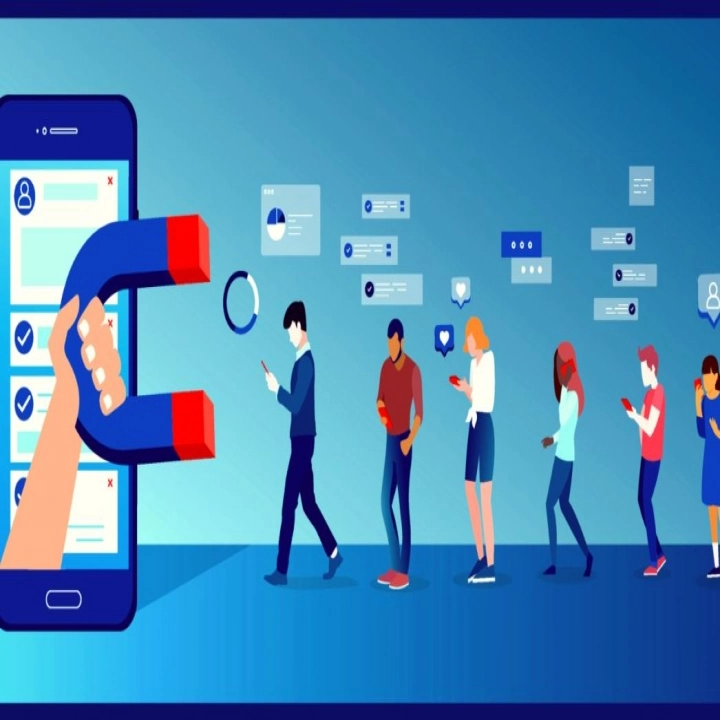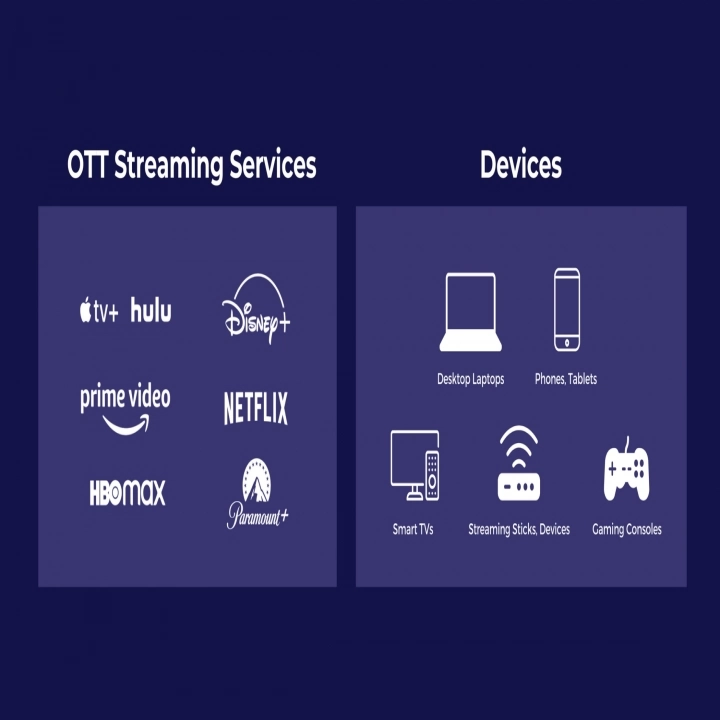Are Streaming Services Turning into Cable TV?
If you are anything like us, who have spent countless hours binge-watching our favorite series on different streaming services then I am sure, you are also wondering the same thing,
“Is this streaming platform looking just like our cable TV right now?”
You wouldn’t be wrong asking this in all fairness. Plenty of people are questioning the same thing. Years ago we were arguing if we need to forget cable TV and turn to streaming services, but now suddenly, we cannot seem to draw a line of difference between these two.
It is not that we are complaining about the part where we get a wide selection of content on streaming services, just as you would get a variety of channel lineups at Cox Cable. Instead, we would like to argue about several other things such as the rise in advertisements, and some exorbitant prices.
So hear us out! Read ahead to find out our point of view and why we think that streaming services are now looking just like cable TV, and making these platforms seem like cable TV but online.
v Ads, Ads, and Some More Ads
We all thought that we were breaking free of advertisements by moving away from cable TV, but we guess, the time’s up.
Ultimately, the more you pay, the more you can stay away from advertisements, but then that brings us to our second concern. The pricing.
v Where Did The Cost-Effectiveness Go?
Remember when we all were running towards streaming entirely with the thoughts of saving money and keeping the convenience of ranging content, and no ads? That does not feel like a case anymore.
The prices continue to rise high, and if by any chance you do not want to pay for the premium tier, you’d be stuck at the ‘cost efficient’ one by sitting through ads. Feels like a loop, right? What was the point of us moving away from cable then?
Sneakily increasing the prices, or cracking down against password sharing (yes we’re throwing some major shade) where do we escape now?
All this goes apart from the added internet expense, and that is a preliminary element. So when you sum the entire prices you are paying for the smoothest experience where you get no advertisements, get all premium titles, and of course then we’ll also add more streaming service subscriptions into the mix, then the whole point of saving any bucks feels a little moot to us.
v Service Exclusive Content
Now that the competition among streaming platforms is growing, it is as if we are losing any one stop for all kinds of space where we could easily find all our favorite titles. Instead, with the launch of every production house or channel, the titles are scattering more than ever.
For instance, if you want to watch Game of Thrones or F.R.I.E.N.D.S., you need to have HBO Max. On the other hand, if you want to watch any Marvel content, you can only turn to Disney+.
Seems like you cannot have it all in one spot at all, and you’d end up paying more, for more services. Feels like you are bundling the services, one at a time.
Bottom Line
So now while we admit that the streaming services have completely transformed the way content is consumed, with time we are also witnessing the mirroring aspects of cable TV. Is this a downside? We’d say so.
Just when we thought we have finally escaped the cable TV hassle, and extensive commercialization, we are finding ourselves kind of stuck there all over again. However, we are still hopeful that the streaming services can find a strategic balance between user experience, and content variety to stay on top and stop audiences from reverting to cable TV.







